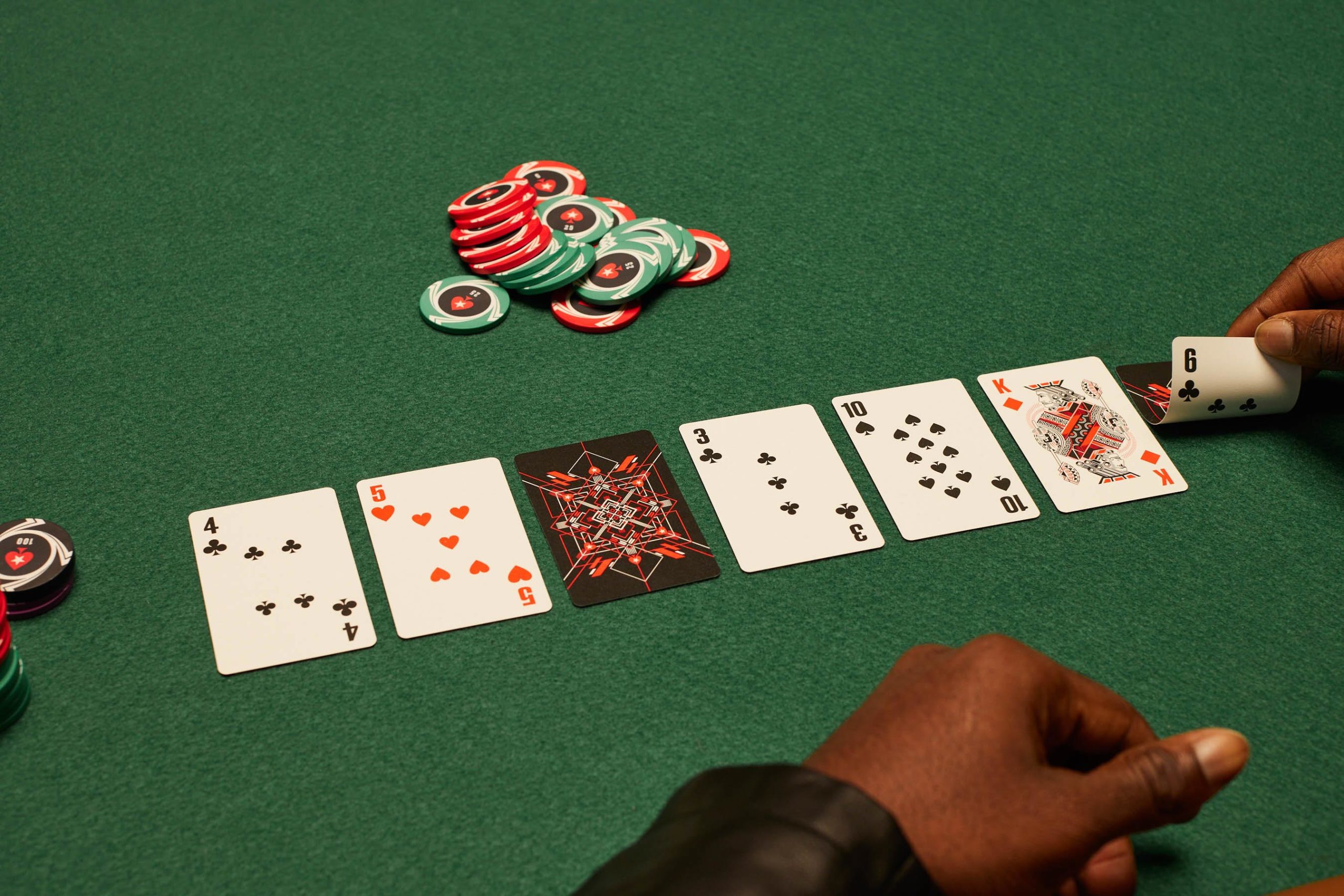Understanding Poker Tilt
Tilt is one of the most confusing concepts in all of poker and a big reason why it is because it had always been defined too broadly by poker players. When someone plays bad you’ll often hear them say it was because they were simply on tilt, but without saying why.
When it comes to tilt, each player is different. Some people go on tilt after a bad beat, some go on tilt after a mistake and others can tilt when they get bored. Some people play too aggressively and gamble too much, other players play too passive or tight.
Every type of tilt requires a different approach to fixing it, so broadly saying ‘I’m on tilt’ is a bit like going to a doctor and simply saying you don’t feel well.
To master tilt you must first understand it, and that requires going into more detail. After thousands of hours working with professional poker players to resolve tilt, I have narrowed tilt down to this:
Tilt = Anger + Bad Play
When your emotions rise too high the brain is designed to shut off higher level thinking. You can’t think because the brain has shut off your ability to do so. It is what’s commonly known as the fight or flight mechanism. If your brain didn’t do this you would just be angry and still playing fine. Tilt wouldn’t exist.
You can’t control this side of your brain, but what you can do is understand your own tilt better. Doing this will not only help you spot the signs of tilt early so you can adapt but you can also take the first steps to resolving tilt issues for good.
I get all my clients to complete what I call a ‘Tilt Profile’ to help take this first step.


Tilt Profile
On paper or a word document answer these questions. If other ideas about tilt come to mind write them down too, these questions are designed to get you thinking more narrowly about tilt.
I suggest you do this exercise maybe three times within a two week period, as you will find more and more details will emerge over time:
- What causes you to tilt?
- When you’re on tilt describe how you know you are? What are the physical signs or actions (heat in your head, punching the table), the things you say out loud or in your head, as well as the specific poker mistakes you make?
- What are the early signs of tilt? The tendencies that show up before you go on tilt.
- Try to establish what your threshold is. How far can frustration rise and you maintain control? What’s the point where it gets out of control?
Now you have your Tilt Profile ready, there are two ways in which you can use it. Most importantly you use it to understand your own tilt away from the table. This requires a lot of hard work, so much so that I have written an entire book about resolving tilt (The Mental Game of Poker 1) where you can go into much more detailed analysis.
The other way to use the Tilt Profile is while you are playing. If you study it before you play and after, and dig down into more detail every time about what tilt is like specifically for you, you have a better chance of dealing with it in the moment.
For example, if you identify in your Tilt Profile that you start to play more loosely from the blinds in the early stages of tilt, then when this happens you will get better at spotting it in the moment. So the next time you notice yourself playing loosely from the blinds you give yourself a chance to refocus and adjust. First of all, you can force yourself to play tighter from the blinds to reduce the negative impact of that leak. Secondly you can take a moment away from the tables to take some deep breathes and relax, to try and put some distance between you and the impending tilt. Finally if you sense it is potentially going to be too much, you can make a concerted effort to quit before it takes over.
There will still be times when you still inevitably go over the edge, that’s fine. This is a very important time where you can update your Tilt Profile and provide much more details. You may also find that even though it felt like extreme monkey tilt, if you look at your Tilt Profile you may see that you didn’t tilt quite as hard as you have defined in the profile. Believe it or not, that’s a sign of progress, even though it doesn’t feel like it.
Having a Tilt Profile won’t stop you from tilting overnight, it takes a hell of a lot of work. But it will help you identify your early warning signs much sooner and deal with the problem better.
Article created by Jared Tendler, MS, is a mental game coach to hundreds of professional poker players and the author of The Mental Game of Poker 1 & 2.


